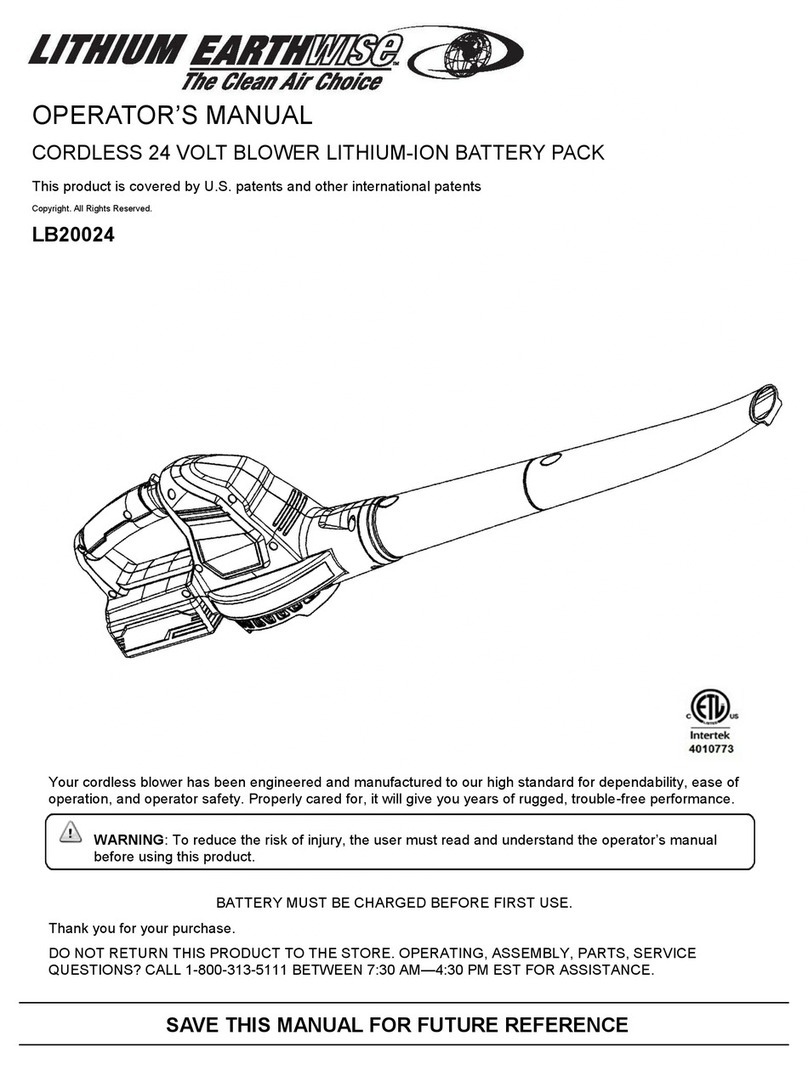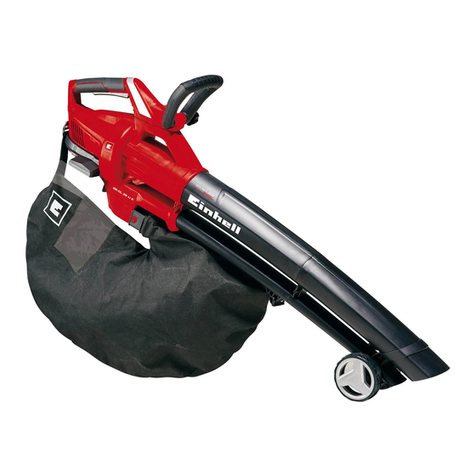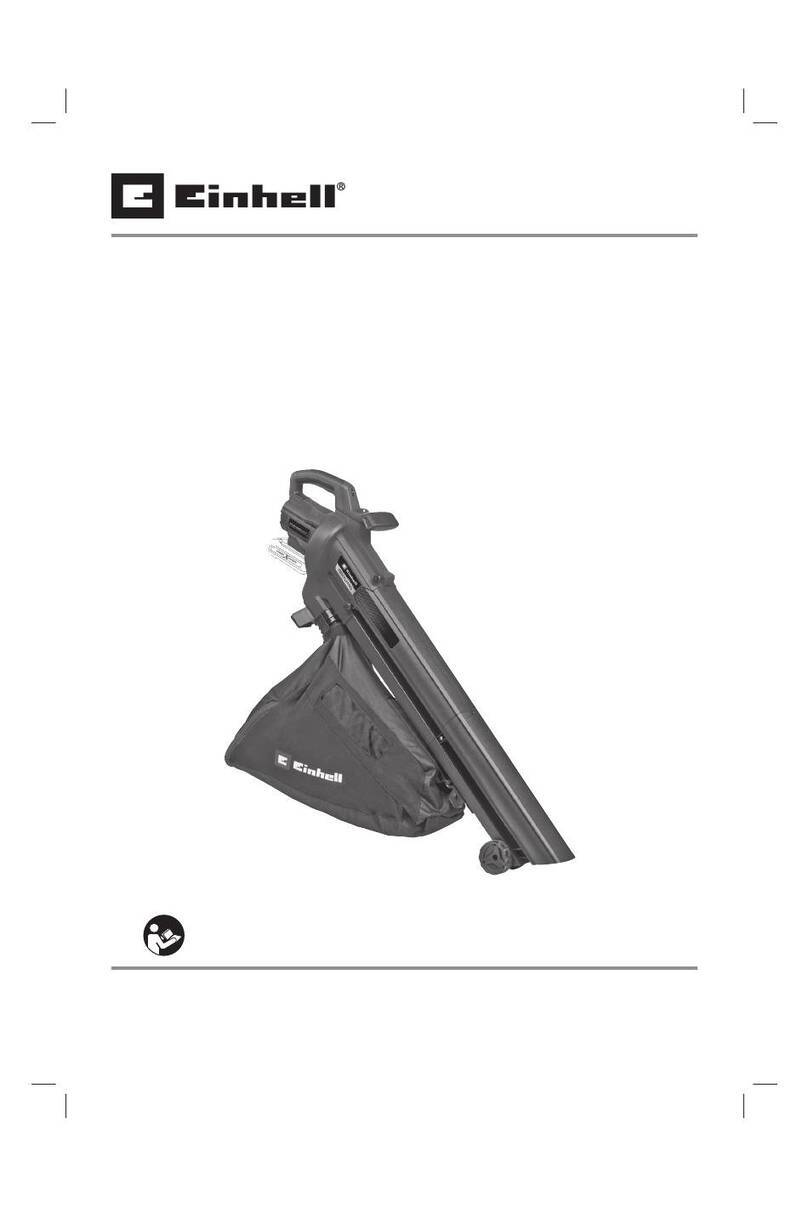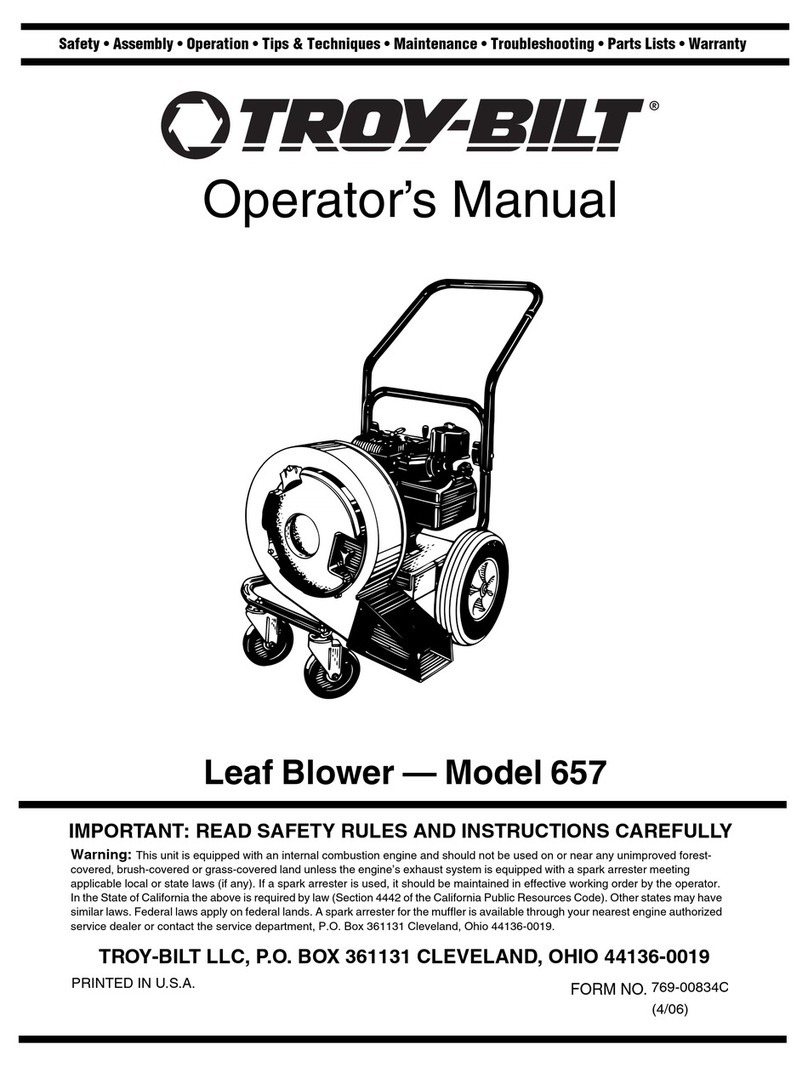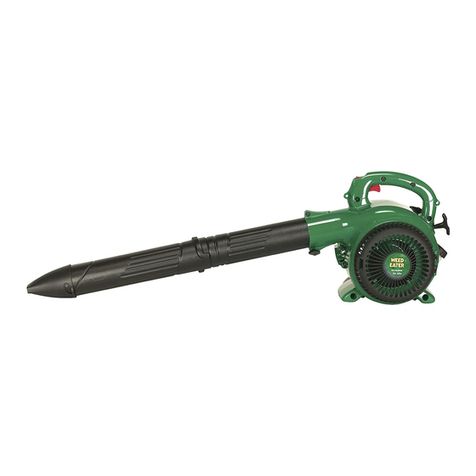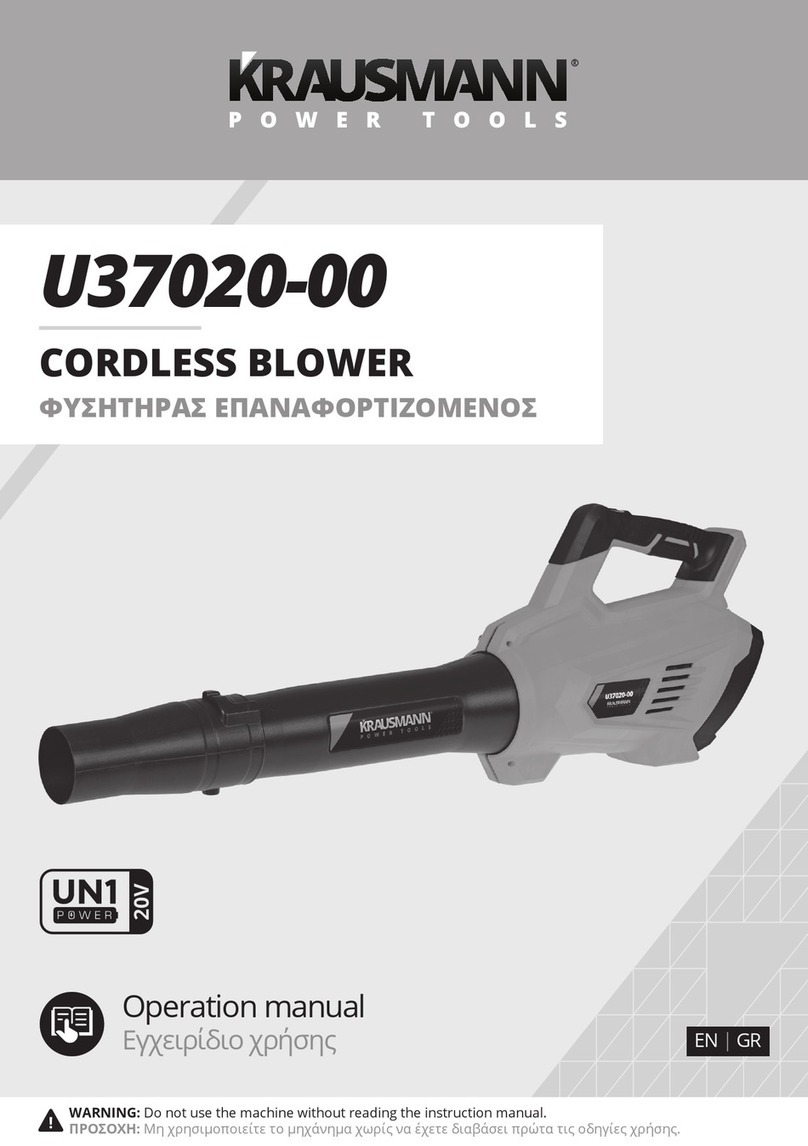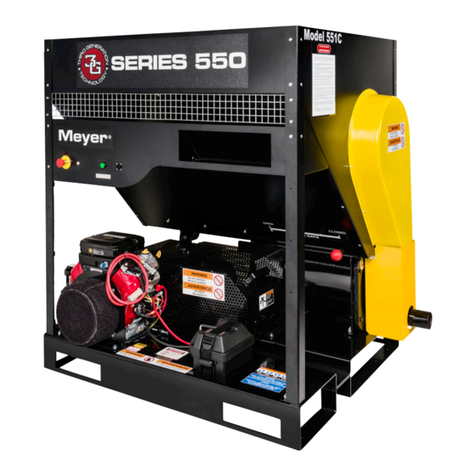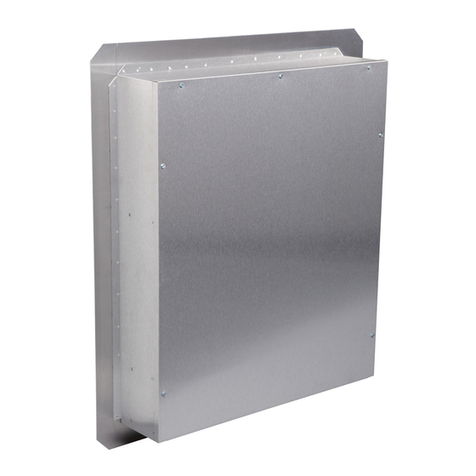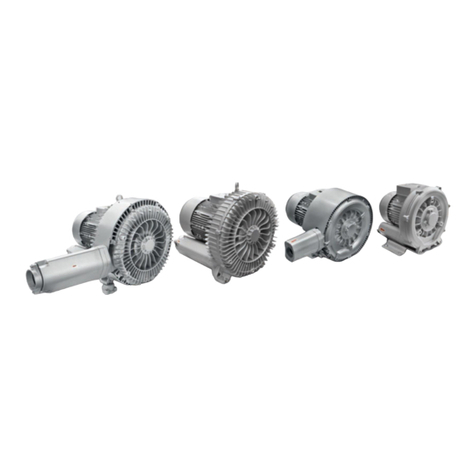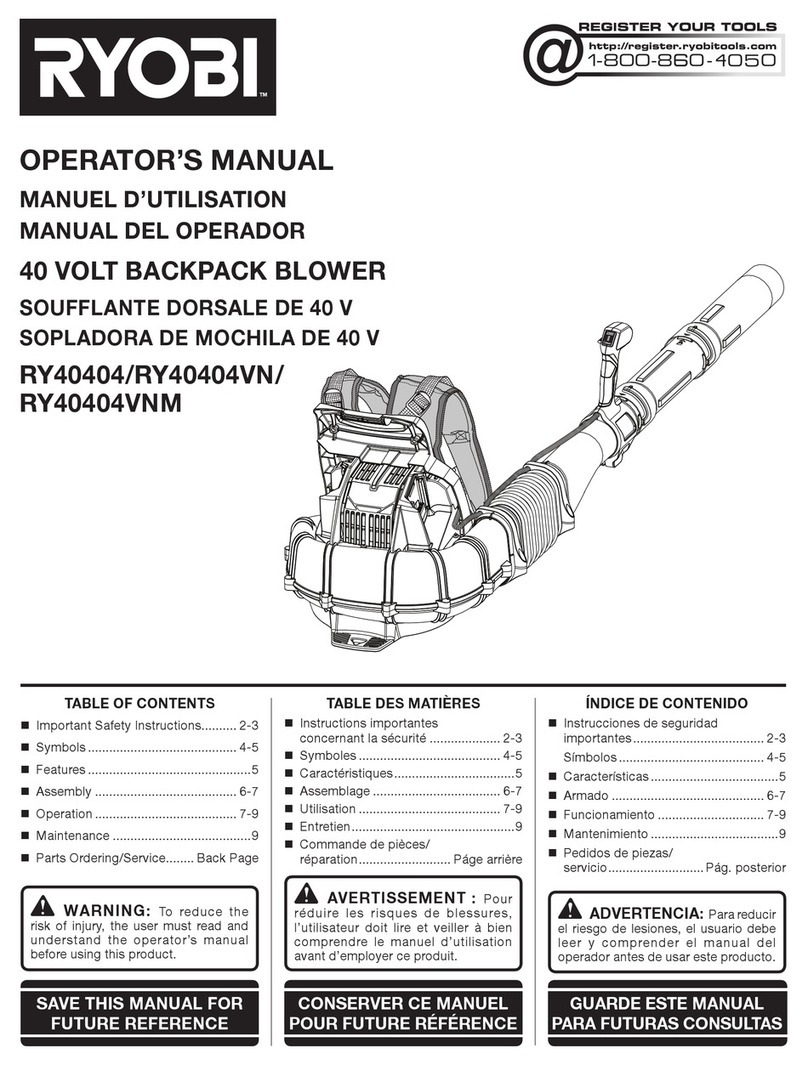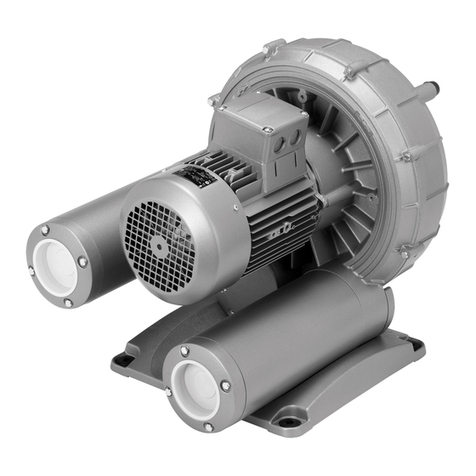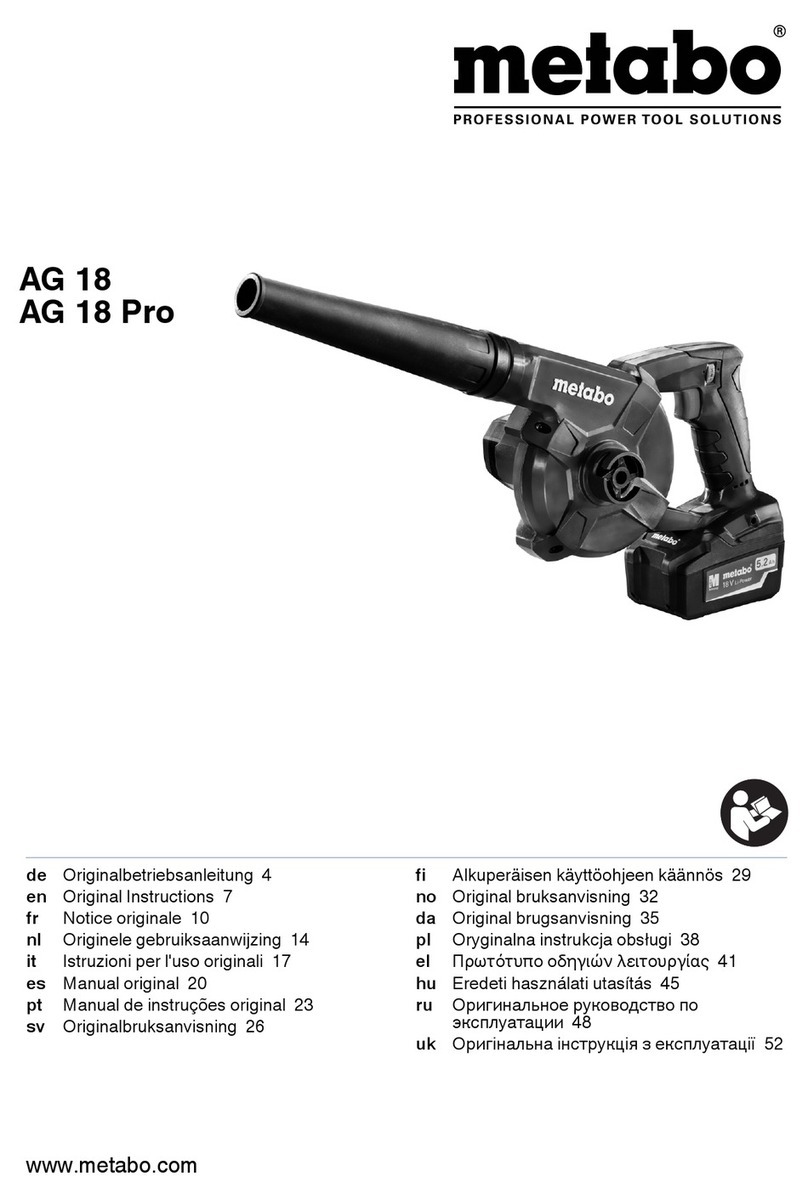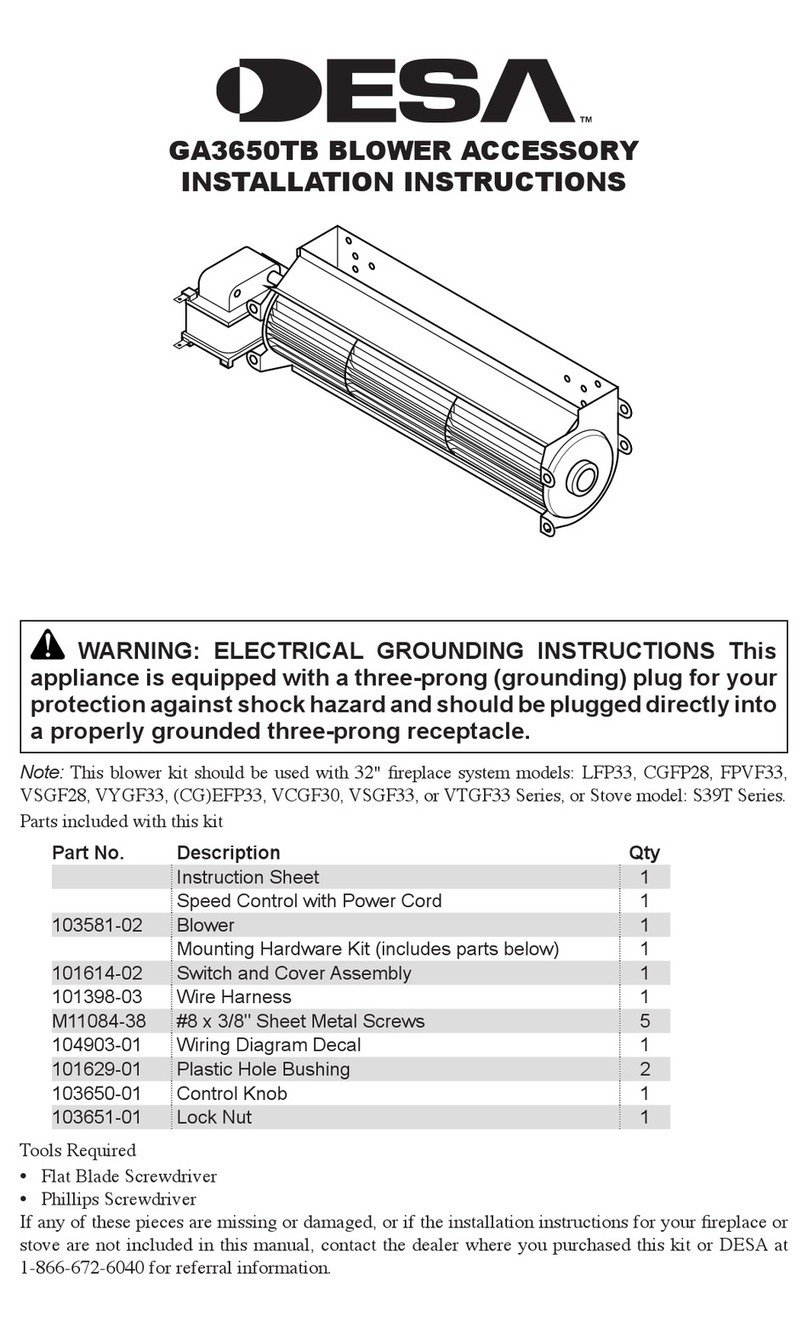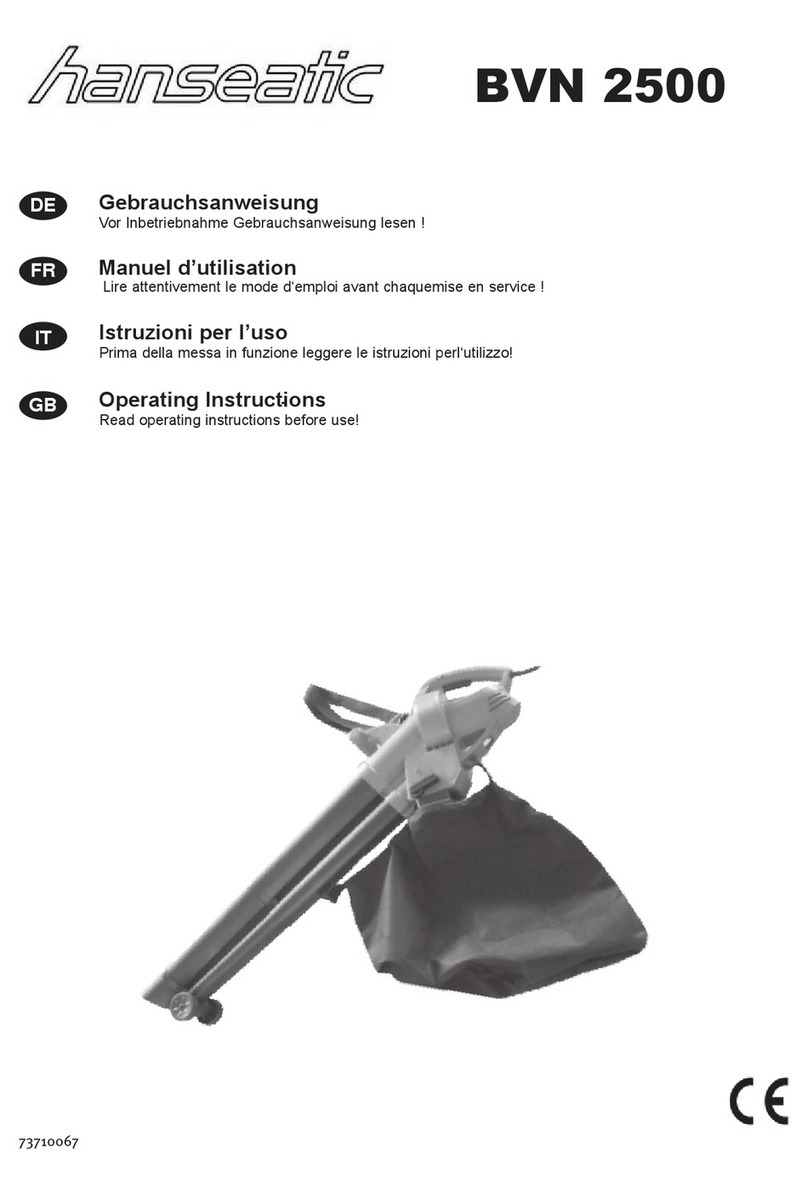
4
Doors of the truck or trailer must be open during operaon to allow for the movement of outside air
through and to provide venlaon for the operator and the air-cooled engine.
Guard and avoid dangerous parts. There are moving parts of this equipment that will crush and
cut any body part that they contact, resulng in serious injury or death. Never operate the machine
without all guards properly installed.
Hopper Opening must only have material loaded into it. Hands, arms, and other body parts should
never enter the hopper opening.
Never open access covers/door or reach inside the equipment for any reason while it is in operaon.
Any accessory or auxiliary components installed with this equipment must have protecve guarding
correctly installed and permanently fastened in place.
Be Aware that the equipment can be started remotely, without warning.
Always have (1) person at the machine while it is running. They must be trained in its proper use, able
to maintain control over people interacng with the equipment, and be close enough to turn it o in
case of an emergency.
Never blow insulaon on or near sources of heat, ame, sparks, or stac discharge.
Follow Machine Safety Shutdown Instrucons before removing any guards, performing maintenance,
or making any adjustments, clearing material, invesgang a malfuncon, or cleaning the equipment.
Keep hands, feet, or other body parts, loose clothing, jewelry, etc., clear of the hopper inlet and
material discharge. Never disconnect the material hose while the machine is running or direct
discharged materials at others.
Lockout/Tagout all sources of energy before installing, servicing, or maintaining this equipment.
Potenal sources of energy include but are not limited to: motors, switches, cylinders, and solenoids.
Also consider:
• Equipment may start remotely, without warning, if energized.
• Hazardous voltage presents the risk of electrical shock.
• Equipment surfaces may be hot; allow them to cool before performing any work.
Secure the portable fuel tank before transporng the machine. In addion, the fuel tank must not be
stored in an enclosed container such as a truck body or trailer. Fuel vapors can build up leading to a
hazardous situaon.
Push the E-Stop buon if something unforeseen occurs. This will completely stop the machine and
illuminate the Red Panel Light. Before restarng the machine close the slide gate and turn the Remote
Control panel switch to “OFF”.
Wear the proper PPE (Personal Protecve Equipment) Personnel using the machine must always wear
appropriate clothing and equipment for the work environment as dened by local, state, and federal
safety requirements, including but not limited to:
• Hearing Protecon
• Eye Protecon (goggles or safety glasses)
